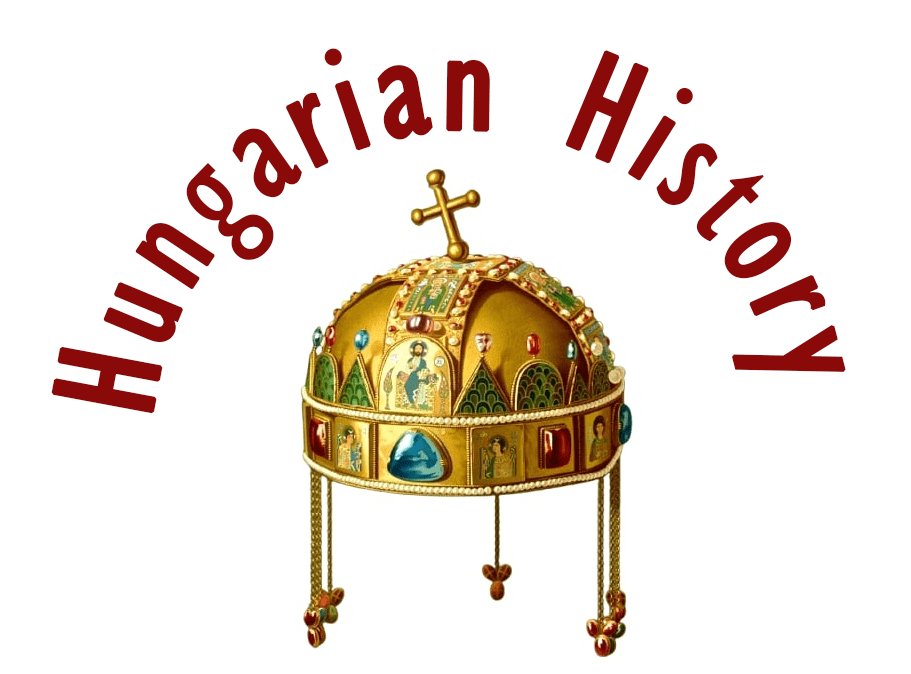July 8, 1669 – a Kuruc general, Forgách Simon, was born in Rajka. His father was Count Forgách Ádám, a country magistrate, and his mother was Countess Rechperg Mária Katalin. At the age of 16, in January 1685, he was appointed hereditary Chief Comes of Borsod and Csongrád Counties.

Afterwards, however, he joined the imperial army, where he served as a lieutenant in 1687, and the following year as a lieutenant colonel and company commander in the Hungarian cavalry regiment of the Bavarian Electoral Prince Maximilian (Miksa) Emmanuel.

From 1692 he served in the Pálffy hussar regiment, and from 1695 he was the vice-general of the frontier region against Kanizsa. On May 2, 1697, he was promoted to the rank of major. In 1700 he became the vice-general of Győr, and a year later he became the owner of a cavalry regiment with the rank of colonel.

His allegiance to the anti-Habsburg Kuruc movement was interesting. He later claimed that Crown Prince Joseph had ordered him to contact the Kuruc leaders in the interest of peace, but in the meantime, he had become a convinced Kuruc. On March 20, 1704, he defected to Rákóczi, who appointed him general and later Transdanubian commander-in-chief in April. He gave him the task of reconquering Transdanubia, which he had lost in the spring. He had to cross the Danube, but on June 13 he lost the battle of Koroncó, and by August the imperials had regained control of the region.

In the fall, the prince appointed him commander-in-chief of Transylvania, but first, he took Kassa (Kaschau, Kosice) and Eperjes (Presov), and in Transylvania, he took the castles of Medgyes, Szamosújvár and Déva. After his expulsion from Transylvania, he became the commander-in-chief of the regular troops from the end of 1705. He was one of Rákóczi’s assistants in the process of regularizing the Kuruc army, which is why he printed the book by Zrínyi Miklós, the “Remedy against the Turkish Poison”, in the spring of 1705.

From the summer of 1706, he was the district chief of Kassa, but on 22 November Rákóczi arrested him on charges of military misconduct, but presumably for political reasons (his connection with the peace party?), and released him only on 16 November 1710. During his imprisonment, he attempted to escape once but broke his leg while descending from the castle of Szepes (Spiš) on a rope. He was then imprisoned in Munkács (Mukachevo).

After his release, Forgách left for Poland, never to return home again because the imperial pardon did not apply to him. Between 1716 and 1721 he also lived in the Ottoman Empire, in Rodosto, before moving back to Poland, where he died in 1730. His correspondence is among the most important sources of the War of Independence. They were later sent home to Hungary by Jávorka Ádám. However, his memoirs never made it home, they were found in Ukraine by Váradi-Sternberg János.

He married twice, around 1688 to Esterházy Ágnes, who bore him a son, Zsigmond, and then, during his second emigration to Poland, to the unknown daughter of Prince Josef Czartoricki. He was buried in the church of the Carmelite monastery in Visnevec, but his grave could no longer be identified because of looters, so his ashes were never returned home.

Source: Szibler Gábor
Dear Readers, I can only make this content available through small donations or by selling my books or T-shirts:
Please, support me with a coffee here: https://www.buymeacoffee.com/duhoxoxa
You can check out my books on Amazon or Draft2Digital, they are available in hardcover, paperback, or ebook:
https://www.amazon.com/dp/198020490X or at https://books2read.com/b/boYd81

My work can also be followed and supported on Patreon: Become a Patron!http://Become a Patron!
Become a Patron! and donations can be sent by PayPal, too: https://shorturl.at/qrQR5


https://hungarianottomanwars.myspreadshop.com/all
Subscribe to my newsletter here: https://shorturl.a

